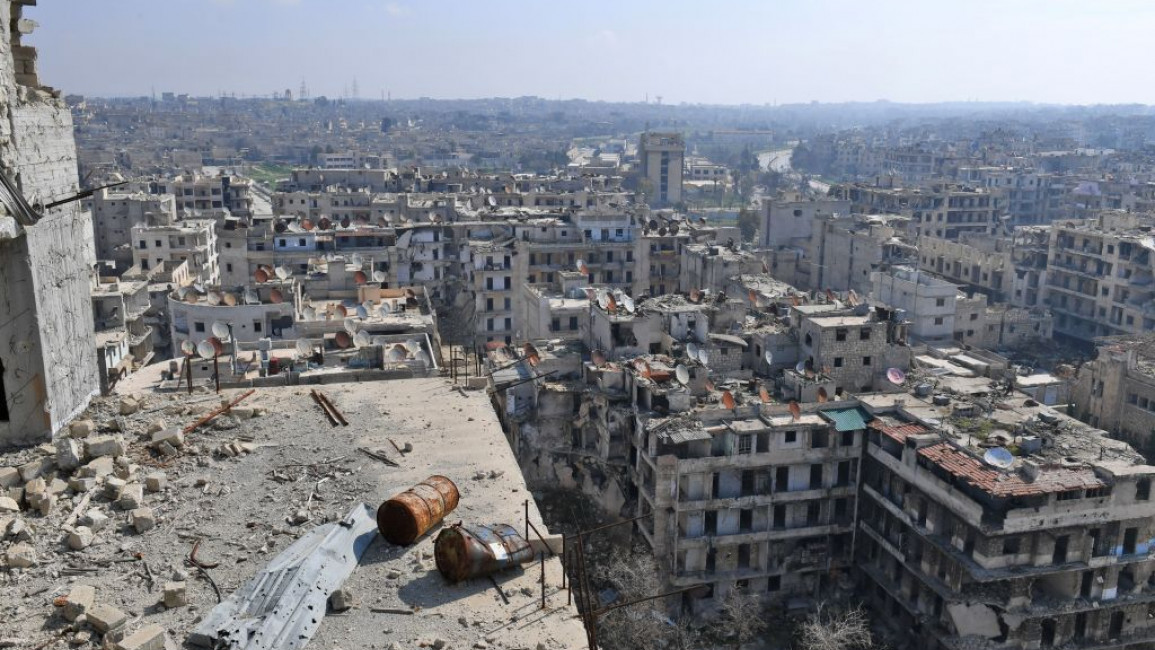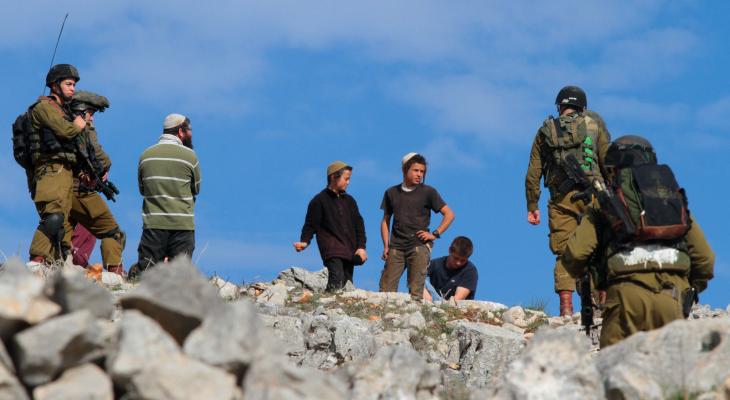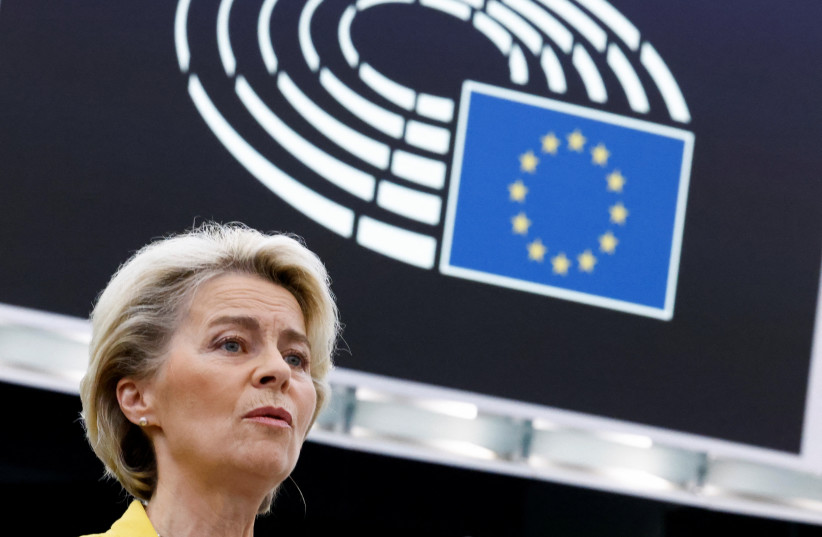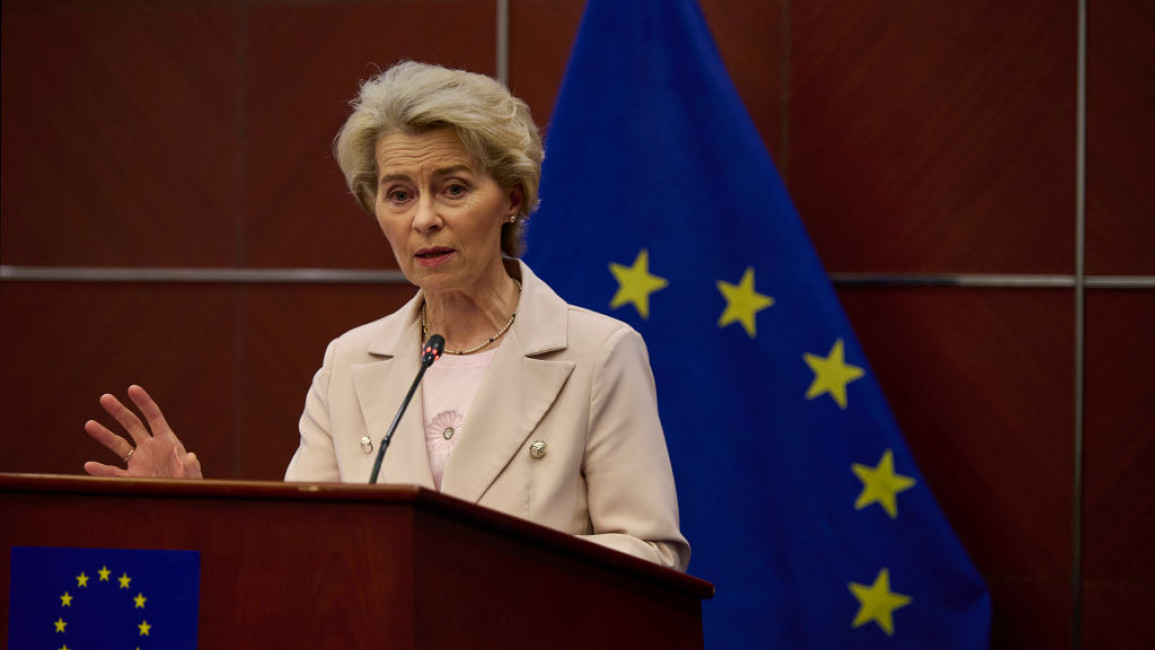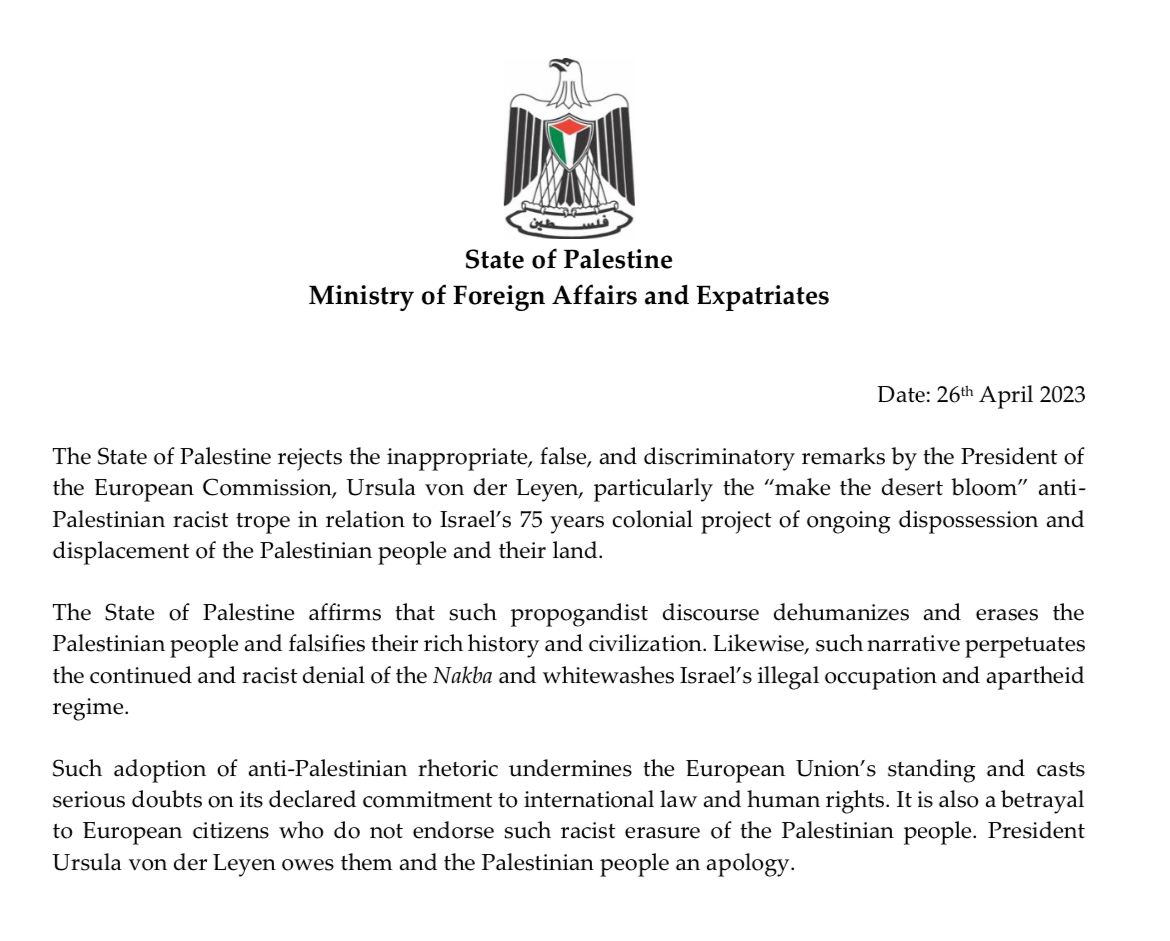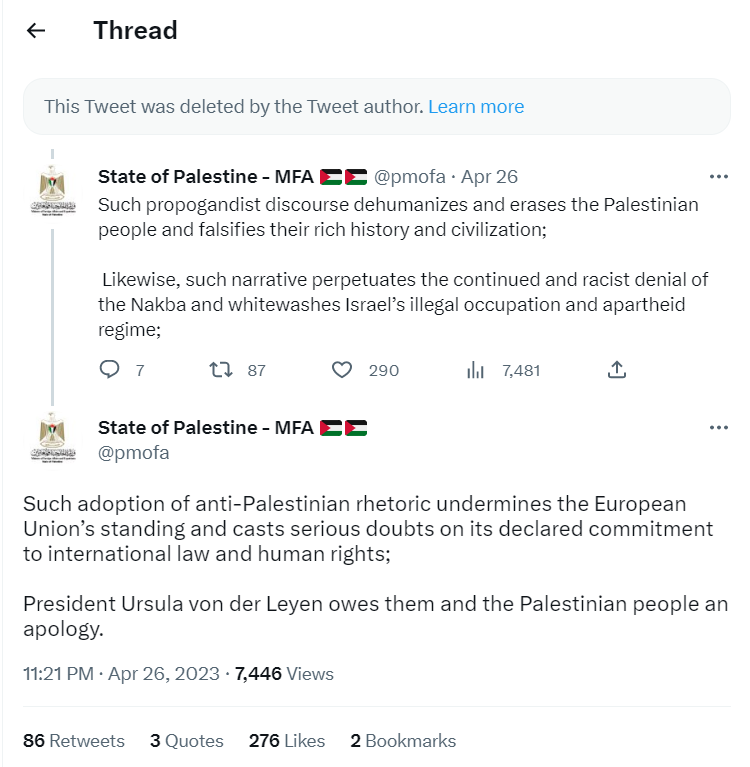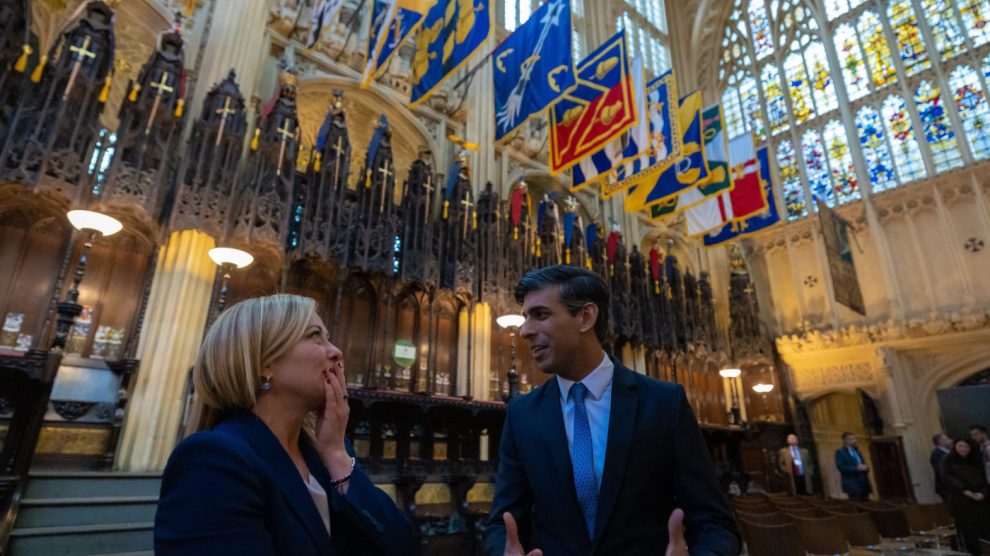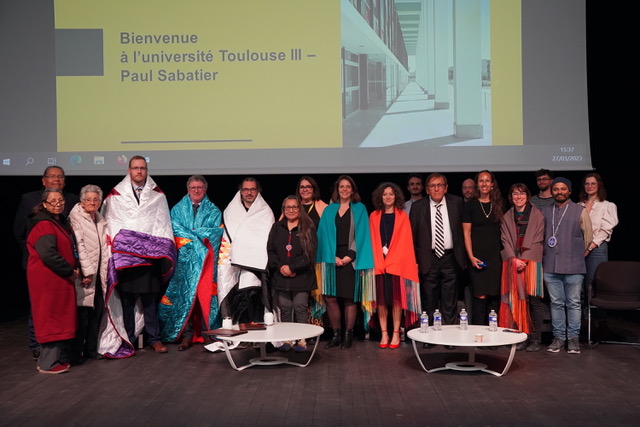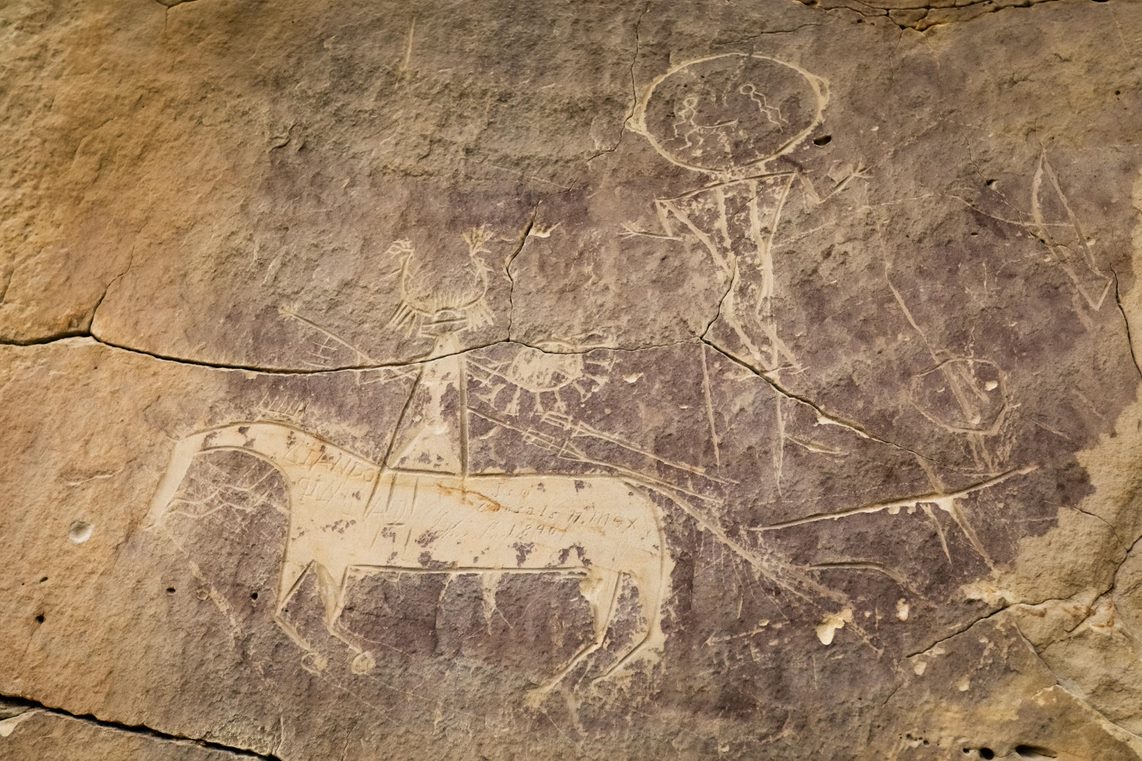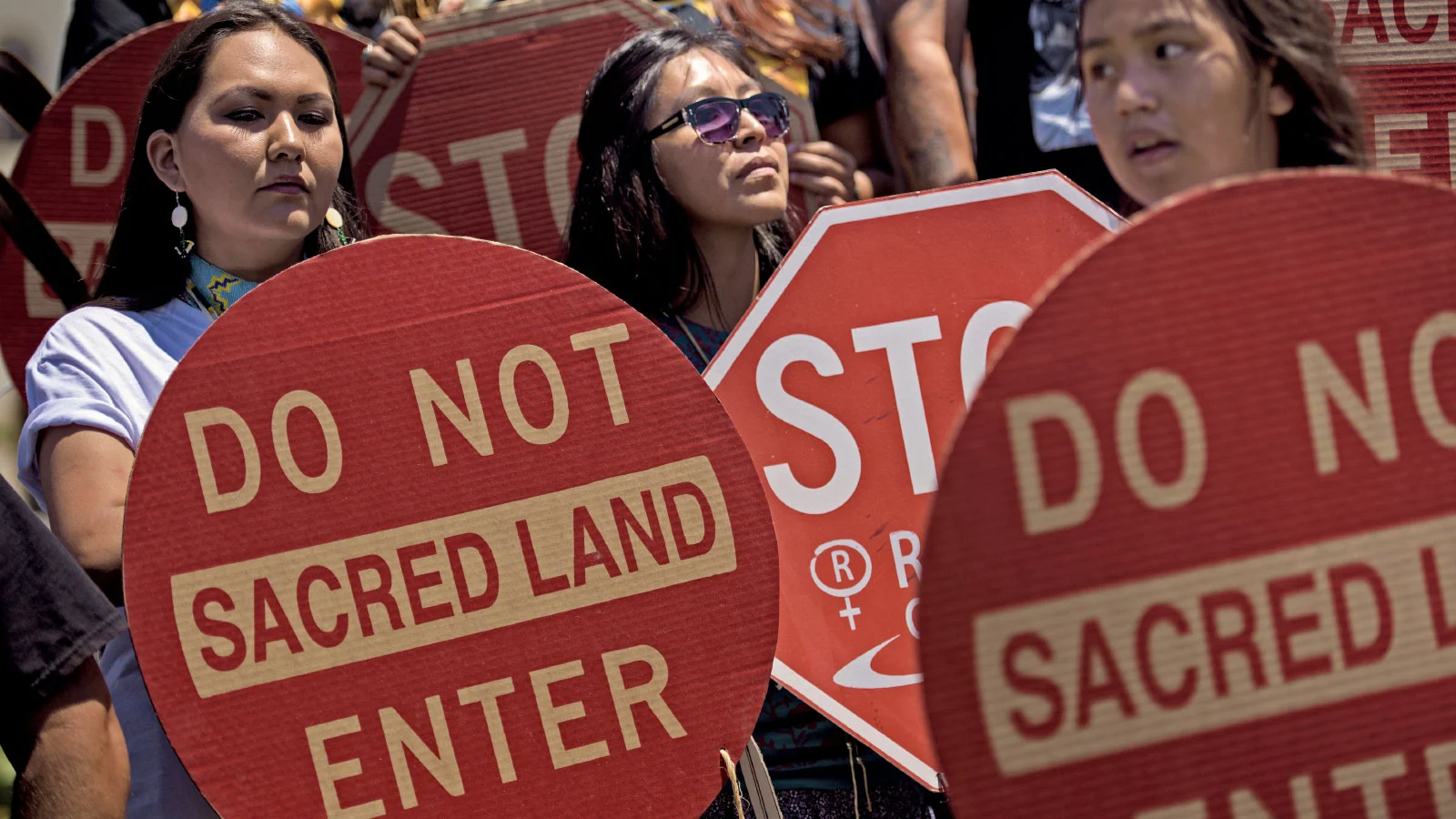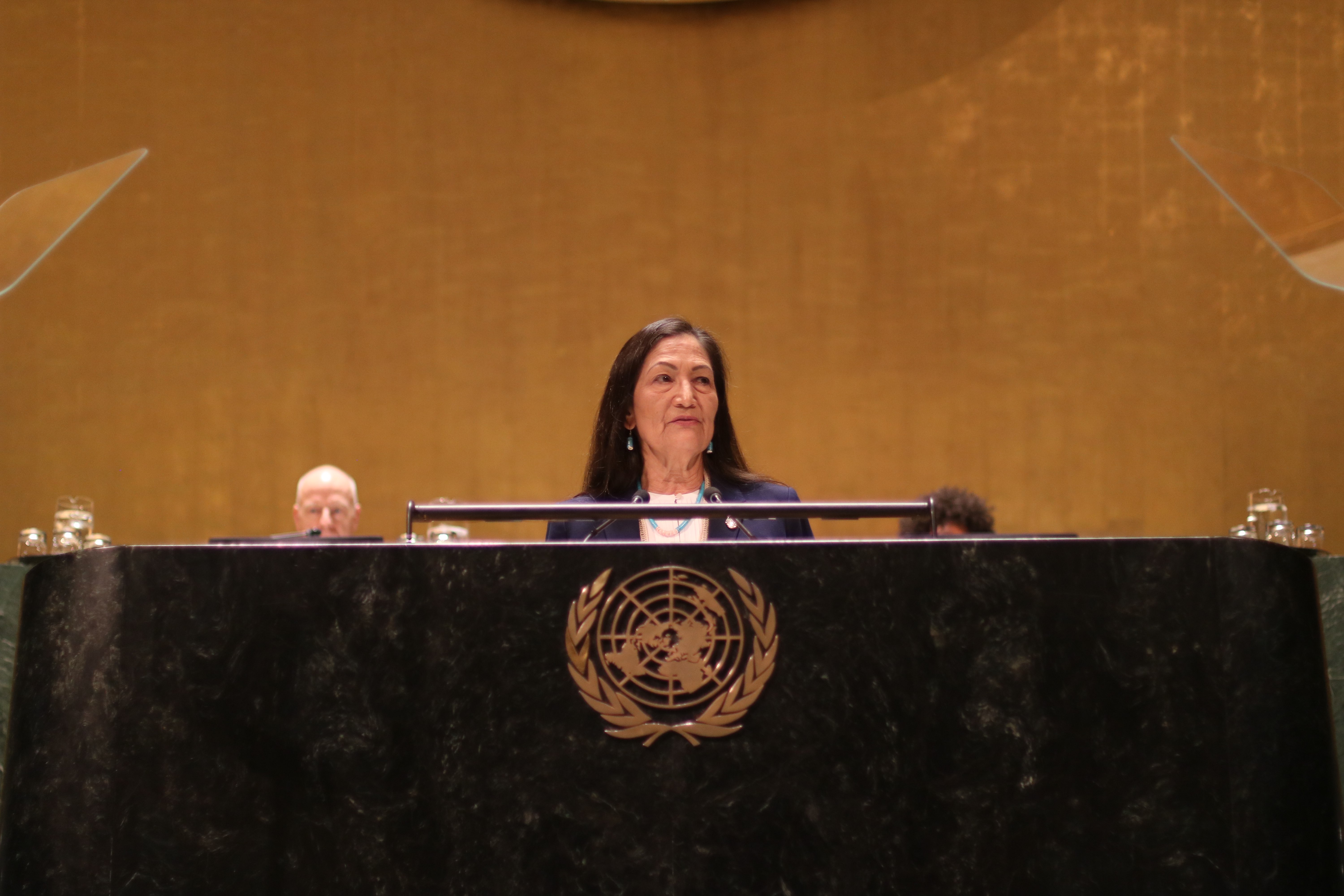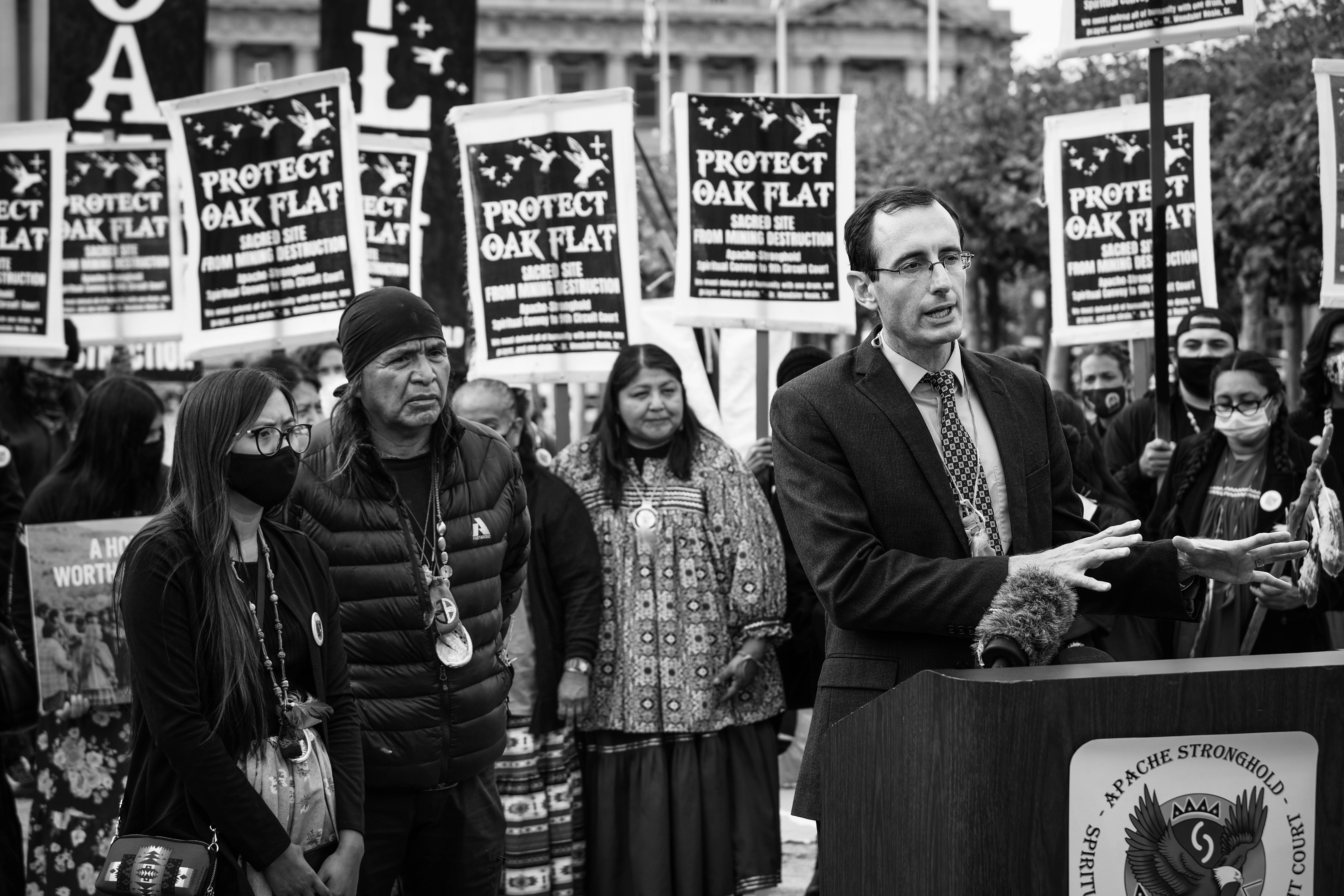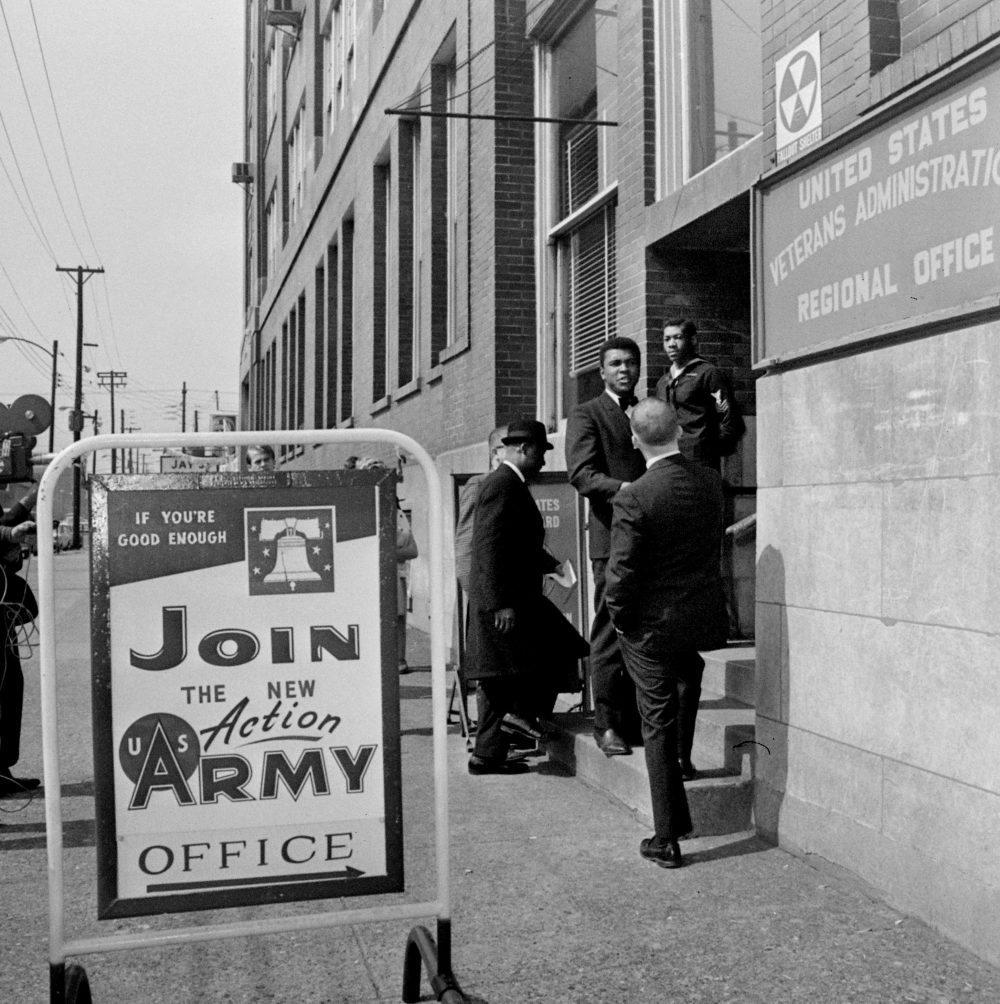SOUTH AFRICA
Police on high alert amid truckers' threats of disruptions on major routes on Sunday
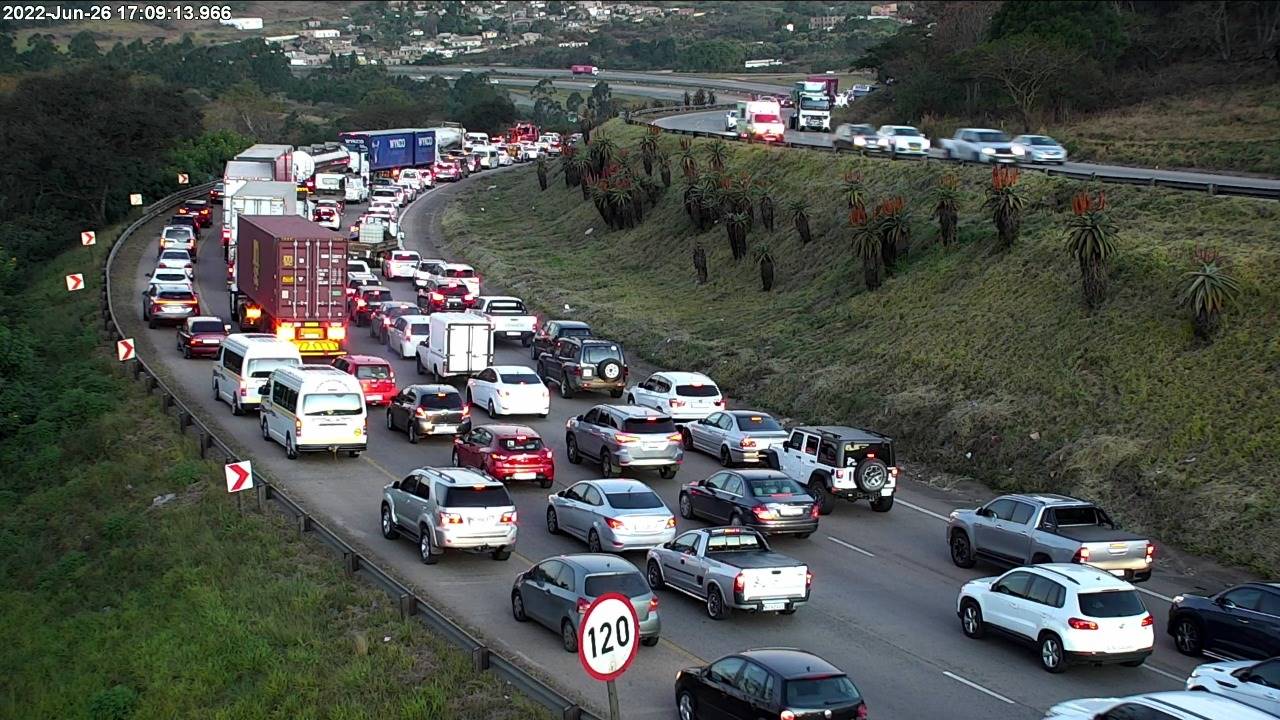
- Truck drivers have threatened to disrupt major transport routes on Sunday in JHB and Durban.
- All Truck Drivers Forum Secretary Sifiso Nyathi said thousands of drivers are expected to show up.
- Natjoints warned that lawlessness will not be tolerated.
The National Joint Operational and Intelligence Structure (Natjoints) has warned that lawlessness will not be tolerated as truck drivers threaten to down tools this long weekend.
South African truck drivers plan to embark on a national shutdown on Sunday, which is expected to disrupt major transport routes – including the N3 between Johannesburg and Durban.
Natjoints spokesperson, Brigadier Athlenda Mathe, said the necessary resources have been mobilised to prevent and combat any forms of lawlessness.
"The Natjoints and respective Provincial Joint Operational and Intelligence Structure (Provjoints) have been meeting daily to monitor the situation and associated risks.
"With this said, multi-disciplinary joint law enforcement operations are underway and law enforcement officers have been deployed and are on high alert to heighten police visibility to prevent and combat any form of criminality," Mathe said.
She added that private security companies have also pledged their support in working together to combat criminality.
READ | Western Cape will fight with national govt if Vladimir Putin sets foot there, says Alan Winde
"The Natjoints assures the nation that no lawlessness in the form of barricading of roads, torching of trucks and looting of goods from those operating will be tolerated."
Mathe urged those participating in the protest action to do so peacefully and to respect those who do not wish to partake in the strike.
"Those who are found to be on the wrong side of the law are warned that law enforcement officers will not hesitate to respond accordingly within the ambit of the law," she added.
Brigadier Mathe added that the Natjoints also assures members of the public that the enforcement of the law will be applied within relevant prescripts to ensure people’s freedom of movement is not prohibited and that stability prevails throughout the country.
The All Truck Drivers' Forum and Allied South Africa has threatened to bring major roads in the country to a standstill on Sunday.
The forums' secretary Sifiso Nyathi told News24 they expect thousands of drivers to show up and participate in the shut down.
"This thing is big. Our drivers have had enough of unfair treatment. We want safety of the truck drivers on the roads. We want government to do away with labour brokers," Nyathi added.
Police on high alert over 'national
shutdown' by disgruntled truck drivers
30 April 2023 -
Striking truck drivers blocked off the N1 near Kraaifontein in Cape Town
Police and law enforcement officers have been mobilised across the country in anticipation of a “national shutdown” by disgruntled truck drivers on Sunday.
The National Joint Operational and Intelligence Structure (Natjoints) had mobilised resources “to prevent and combat any forms of lawlessness amid threats of a protest by striking truck drivers”, said police spokesperson Brig Athlenda Mathe.
The shutdown, if it goes ahead, could result in supply chain disruptions along goods transportation corridors, such as the N3 between Johannesburg and Durban.
All Truck Drivers Forum and Allied South Africa (ATDF ASA) deputy chairperson Mandla Mngomezulu previously told SABC news employment of foreign nationals in the industry remains an unresolved issue, as well as cameras inside trucks and the loading system used by the road freight industry. The organisation had 11,000 members, he added.
“Multidisciplinary joint law enforcement operations are under way and law enforcement officers have been deployed and are on high alert to heighten police visibility to prevent and combat any form of criminality,” said Mathe.
“Private security companies through the SAPS E2 project [eyes and ears] have also pledged their support in working together to combat criminality. Thus the Natjoints assures the nation that no lawlessness in the form of barricading of roads, torching of trucks and looting of goods from those operating will be tolerated.”
The Natjoints appealed for the protest to be peaceful but added “those who are found to be on the wrong side of the law are warned that law enforcement officers will not hesitate to respond accordingly within the ambit of the law”.
Tension between foreign and local truck drivers has been brewing since 2019, with the latter accusing the former of “stealing” their jobs, reported BusinessLIVE. This led to scores of foreign truck drivers being attacked and their trucks torched on the N3 and N2 highways.

